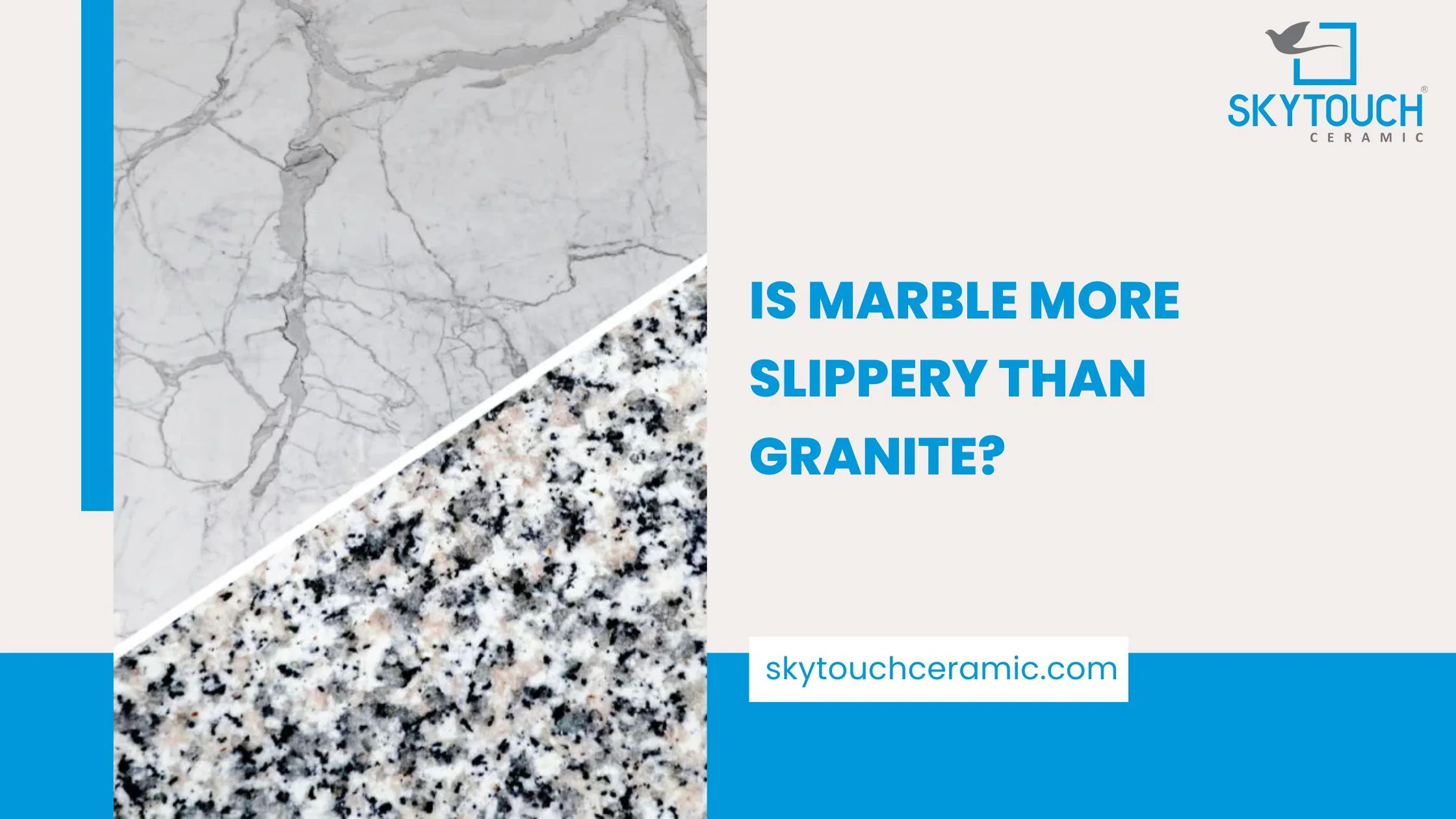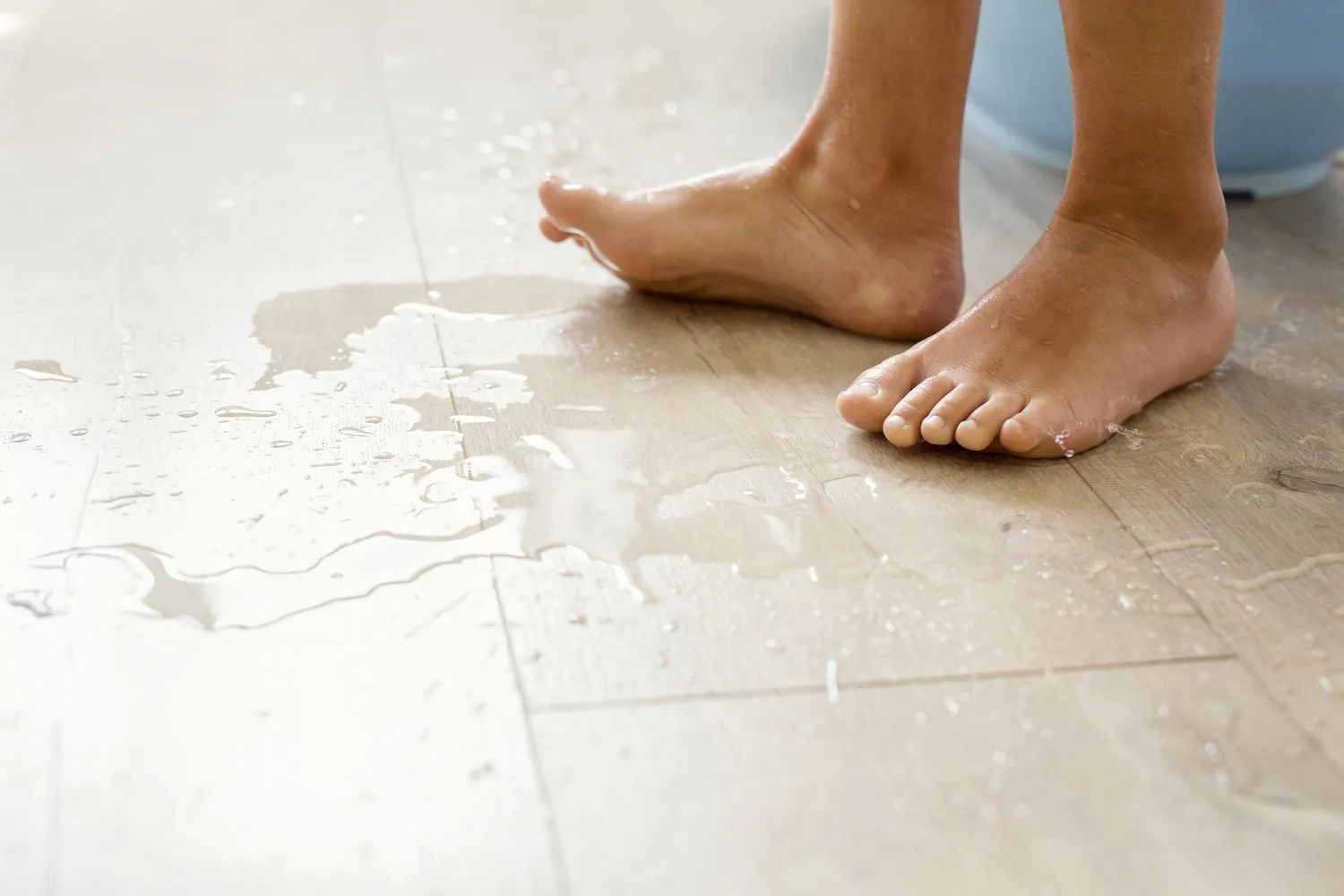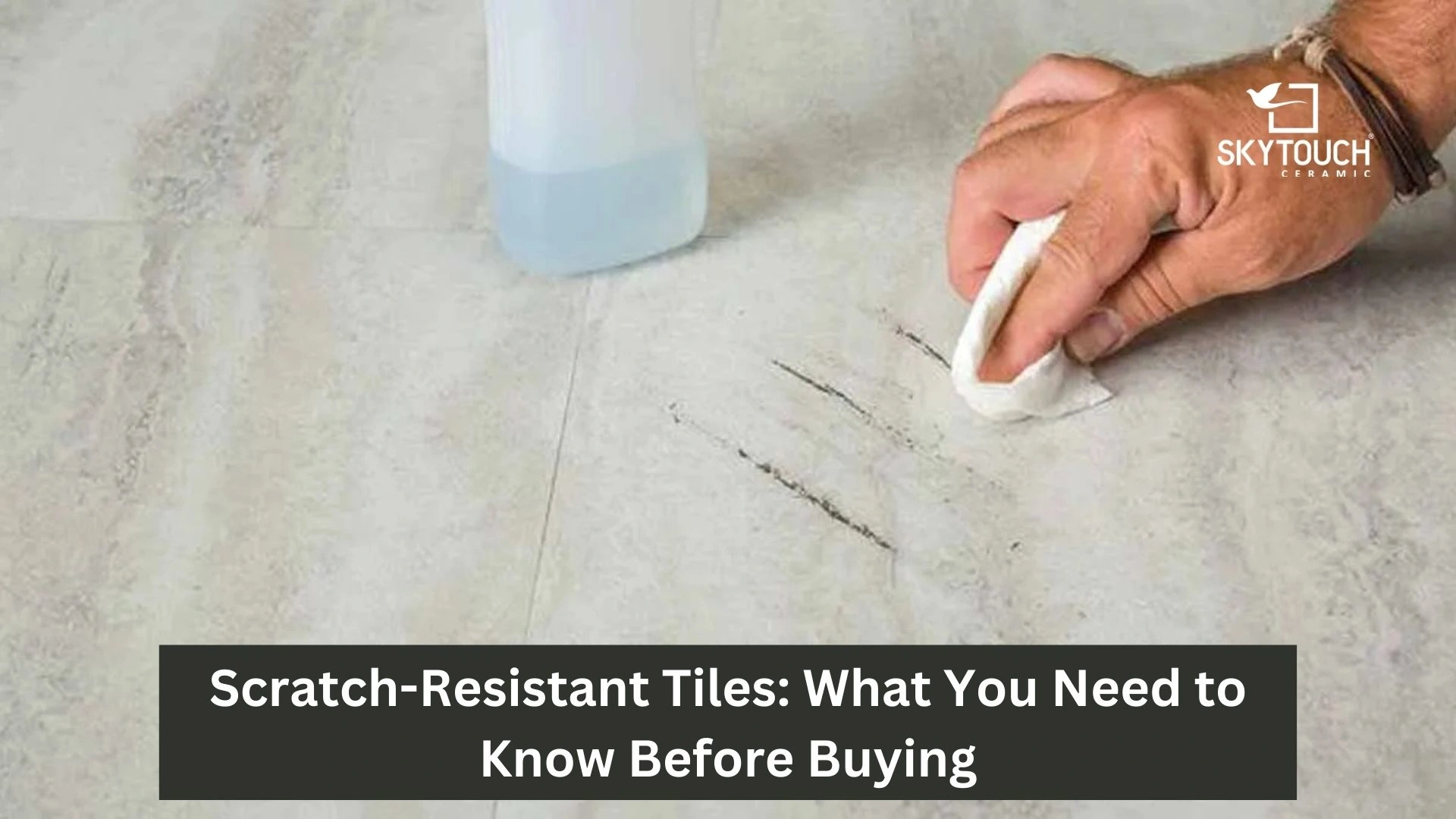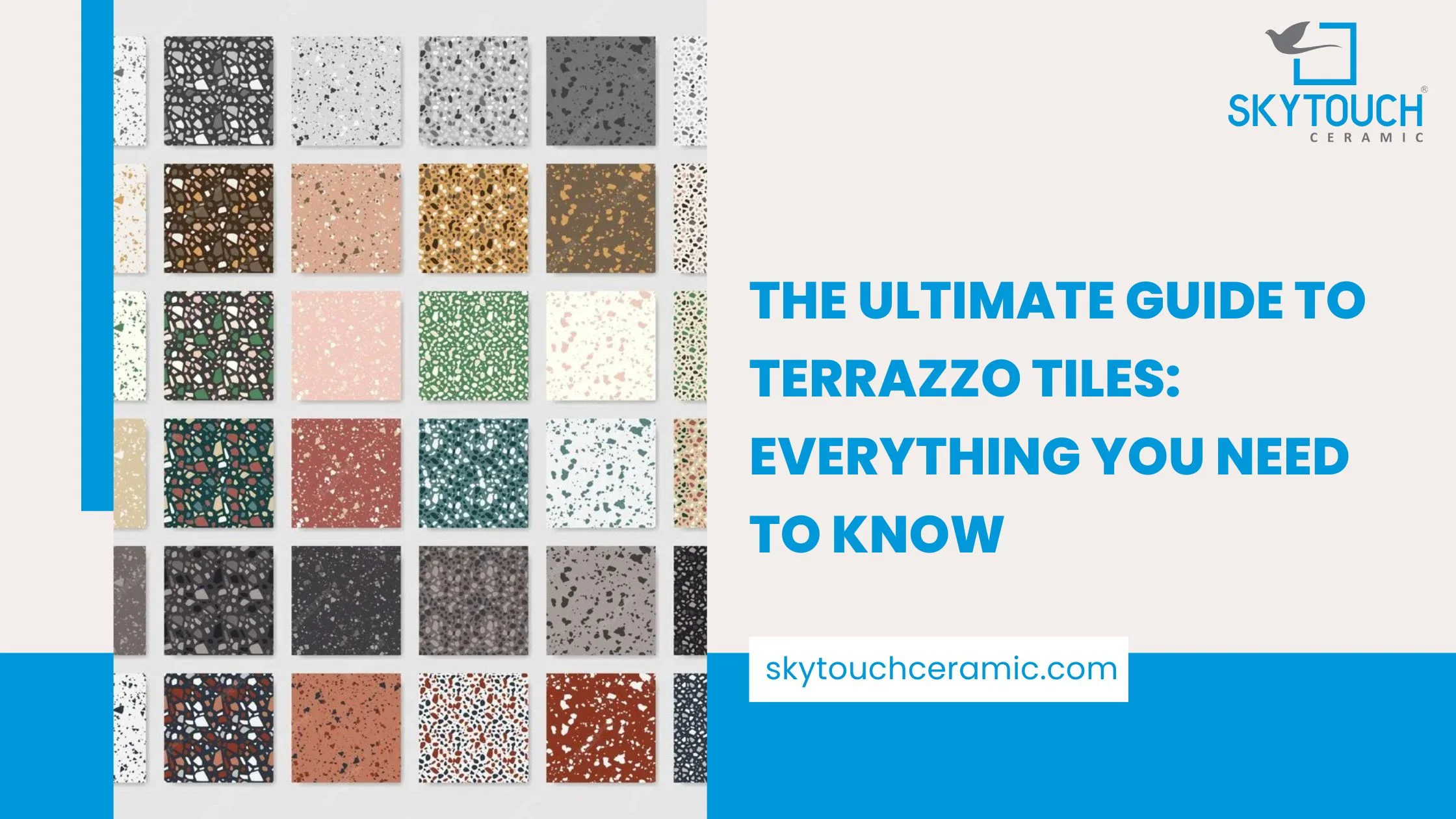When it involves selecting substances for diverse programs, especially in construction and interior design, factors like aesthetics, durability, and functionality are regularly at the vanguard of decision-making. One essential but regularly left out issue is the slipperiness of the chosen cloth. Marble and granite, two popular herbal stones, are frequently used for diverse surfaces, from countertops to floors. Among the concerns for these applications, the slip resistance of the stone is vital for safety and usability.
Explore High Quality Marble Collection
In this article, we will delve into the query: Is marble more slippery than granite? To solve this query comprehensively, we will explore the homes of both stones, their applications, and the elements that affect their slipperiness.
The Properties of Marble
Marble is a metamorphic rock commonly composed of calcium carbonate, which is shaped from the recrystallization of limestone. It is known for its elegance and undying splendor, making it a favored desire for sculptures and excessive-quiet interior packages. However, in terms of slip resistance, the smooth and regularly polished floor of marble can be a situation.
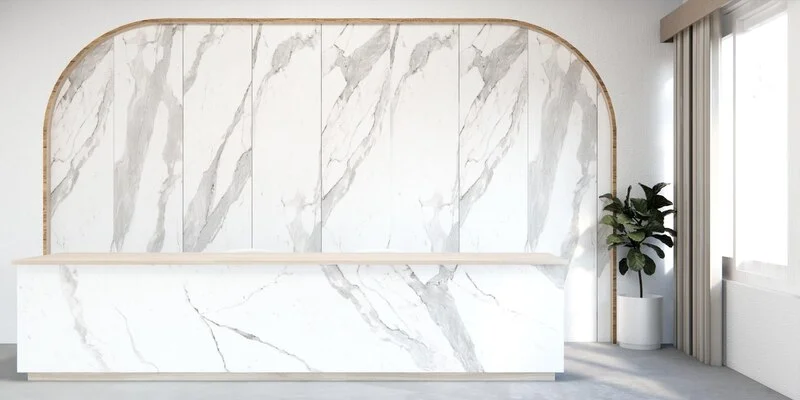
Surface Finish
The floor end of marble plays a full-size position in its slipperiness. Polished marble, characterized with the aid of a smooth and reflective floor, is notorious for being slippery when moist. This is due to the fact the polishing method includes grinding the surface to a high shine, decreasing the herbal texture that might provide traction. Honed or matte-completed marble, then again, has a smoother but less reflective surface, which gives higher slip resistance in comparison to polished marble.
Porosity
Another factor affecting the slipperiness of marble is its porosity. Marble is a porous stone, which means it has tiny openings or pores on its surface. These pores can trap liquids, making the surface slippery when wet. The diploma of porosity varies amongst different varieties of marble. Some marbles are greater porous than others, and this could impact their slip resistance. Sealants may be carried out to lessen porosity and improve slip resistance.
Color and Veining
The shade and veining pattern of marble also can impact its slipperiness. Dark-colored marbles tend to hide stains and water spots better than light-colored ones. Additionally, the veining pattern can create minor variations within the surface, probably enhancing traction. However, this impact can be minimal, and the general smoothness of the marble nevertheless performs a more vast function in determining its slip resistance.
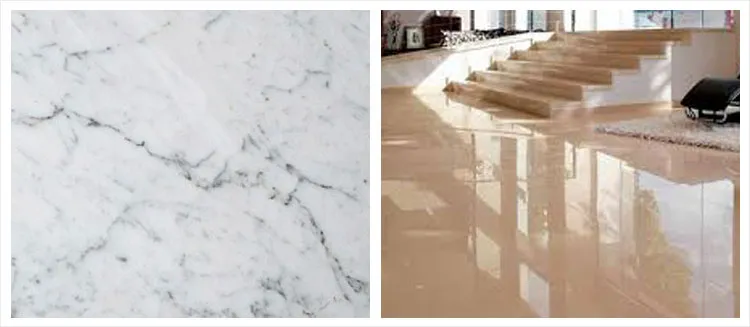
The Properties of Granite
Granite is an igneous rock commonly composed of quartz, feldspar, and mica. It is famous for its durability and resistance to scratches and warmth, making it a popular desire for kitchen countertops. While granite is normally considered much less slippery than marble, its slip resistance can nevertheless vary depending on different factors.
Surface Finish
Granite surfaces could have distinct finishes, much like marble. Polished granite, just like polished marble, tends to be smoother and greater slippery when wet. Honed or leathered finishes provide better slip resistance because of their less reflective and smoother surfaces.
Mineral Composition
The mineral composition of granite can affect its slip resistance. Some forms of granite include greater quartz, which can provide a slightly textured floor and better slip resistance as compared to granites with a higher mica content, which tends to be smoother. The presence of sure minerals can create variations in floor roughness, impacting how slippery the granite feels underfoot.
Thickness and Weight
The thickness and weight of granite slabs can also impact their slip resistance. Thicker slabs are much less likely to flex or pass underfoot, providing higher stability. Moreover, heavier granite slabs tend to stay in place, reducing the risk of slipping accidents.
Factors Affecting Slip Resistance
The slip resistance of both marble and granite isn't always totally determined by way of their inherent homes. Various factors can affect how slippery those stones are in practice.
Surface Contaminants
The presence of contaminants at the surface is an important issue in slip resistance. Water, oil, dirt, and different substances can notably grow the slipperiness of both marble and granite. For instance, an elegant marble ground can be relatively safe whilst dry however extremely slippery whilst wet because of water or spills.
Maintenance and Cleaning
Proper maintenance and cleansing tactics can also affect slip resistance. Regular cleansing and using appropriate cleansing retailers can assist disposal of floor contaminants and keep a safe walking surface. Additionally, sealing the stone, mainly in regions liable to moisture, can reduce porosity and beautify slip resistance.
Grout Lines and Surface Texture
The presence of grout lines in tiled installations can affect slip resistance. Grout strains are regularly extra slip-resistant than the stone itself because of their texture and the presence of joints which could channel water away. When considering slip resistance, the scale, spacing, and texture of grout stains should be taken into account.
Environmental Conditions
Environmental factors, which include temperature and humidity, can affect the slip resistance of both marble and granite. For instance, marble or granite surfaces may emerge as extra slippery in bloodless, wet conditions. It's crucial to not forget the specific surroundings wherein these stones might be used and take appropriate precautions.
Slip Resistance and Coefficient of Friction (COF) Comparison
The slip resistance of flooring materials is often measured using the Coefficient of Friction (COF), which indicates the amount of friction between a surface and a moving object (such as a shoe). The higher the COF, the more slip-resistant the surface.
Here’s how marble and granite compare:
| Surface Type | COF (Dry) | COF (Wet) | Slip Resistance Rating |
| Polished Marble | 0.6 – 0.8 | 0.3 – 0.4 | Low when wet |
| Honed Marble | 0.7 – 0.9 | 0.4 – 0.5 | Moderate |
| Textured/Brushed Marble | 0.8 – 1.0 | 0.5 – 0.7 | High |
| Polished Granite | 0.6 – 0.8 | 0.4 – 0.5 | Moderate |
| Honed Granite | 0.7 – 0.9 | 0.5 – 0.6 | High |
| Flamed/Leathered Granite | 0.9 – 1.1 | 0.6 – 0.8 | Very High |
According to industry standards (ANSI A137.1), a COF of at least 0.42 is required for flooring in wet areas, such as bathrooms and kitchens.
• Polished marble is more slippery than granite when wet, making it riskier for floors.
• Honed or textured finishes significantly improve slip resistance and are recommended for safety-focused applications.
By considering COF ratings, architects and homeowners can choose the right finish to balance aesthetics with safety.
Applications of Marble and Granite
The choice among marble and granite often relies upon the meant software. Each stone has its particular traits that make it extra suitable for sure.
Marble Applications
Marble is preferred for its high-priced look and is commonly utilized in:
1. Flooring: Marble flooring adds elegance to homes and commercial areas. However, it could no longer be the exceptional desire for regions liable to moisture, along with bathrooms or kitchens.
2. Countertops: In kitchen and restroom countertops, honed or matte-completed marble is preferred for better slip resistance.
3. Wall Cladding: Marble is used to create lovely wall coverings, especially in motels, restaurants, and excessive-stop houses.
4. Sculptures and Artwork: The workability of marble makes it a preferred cloth for sculptures and complex artwork.
Granite Applications
Granite, recognized for its durability, is generally utilized in:
1. Kitchen Countertops: Granite countertops are famous because of their resistance to warmth and scratches. Honed or leathered finishes are regularly chosen for stepped-forward slip resistance.
2. Outdoor Paving: Granite's sturdiness makes it a remarkable preference for outside applications like patios and walkways.
3. Monuments and Memorials: Many monuments around the sector are made from granite due to their long-lasting qualities.
4. Commercial Flooring: In excessive-site visitors' business spaces, granite flooring can resist heavy use.
How to Improve Slip Resistance for Marble and Granite Surfaces
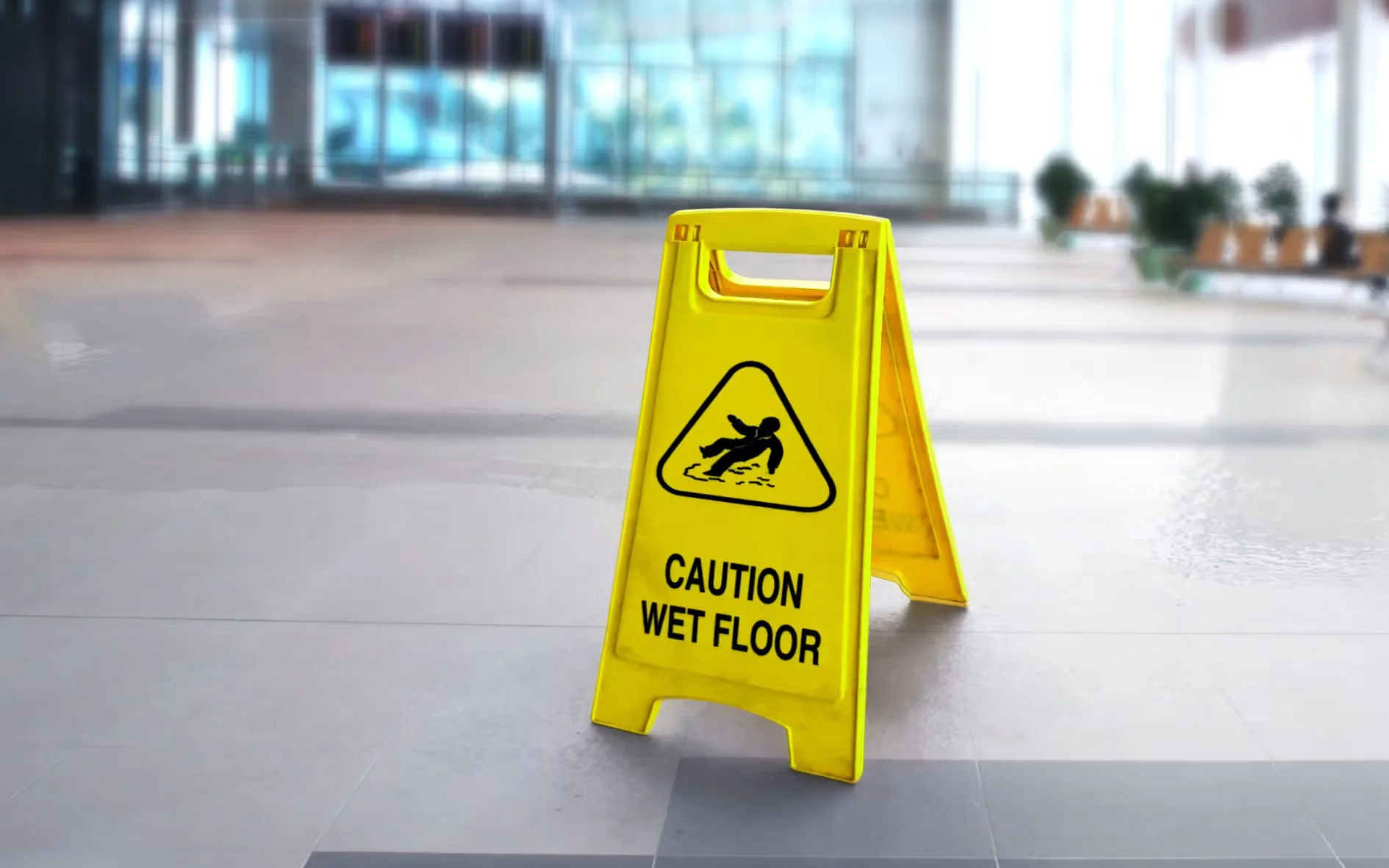
Maintenance Tips for Safety
If you're using marble or granite in areas prone to moisture, proper installation and maintenance are key to reducing slipperiness.
1. Choose the Right Finish
The selection of honed, leathered or flamed finishes instead of polished surfaces makes the best choice when deciding indoor flooring.
The best option for wet zones including bathroom and kitchen areas and pool decks are rocks with flamed granite and textured marble finish due to their rough texture.
To improve commercial space traction professionals can apply anti-slip coatings on flooring surfaces.
2. Use Anti-Slip Sealers and Treatments
Use penetrating sealer products that integrate non-slip additives in areas which see heavy foot traffic or remain wet.
Acid-etching marble produces a limited texture that strengthens its grip properties.
3. Proper Cleaning and Maintenance
Marble and granite surfaces should never receive treatment with wax-based cleaners because the substance renders floors more slippery.
The quick cleaning of spills will stop surfaces from developing dangerous conditions.
Stone cleaners with neutral pH should be used because they protect surface integrity and avoid reducing traction value.
4. Improve Traction with Rugs & Mats
Using the combination of rugs and strategically placed mats provides better traction in environments with stones.
Areas such as entrances as well as kitchens and bathrooms should have non-slip mats placed to minimize slip risks.
The combination of textured rugs alongside rubber backing material provides improved security measures alongside visual appearance.
5. Consider Tile Size and Grout Lines
Pay attention to both tile dimensions and the amount of grout between them.
Traction improves substantially when tile sizes decrease while grout line numbers increase.
You should develop micro-textured finishes on large tiled surfaces for improved gripping capability.
Conclusion
In the debate of whether marble is more slippery than granite, the solution isn't always straightforward. The slip resistance of both stones relies upon different factors, which include their surface finish, mineral composition, and environmental situations. While polished marble is normally considered greater slippery whilst moist than maximum granite surfaces, it's crucial to apprehend that both materials can become risky while contaminated or not well maintained.
The desire for marble and granite must be primarily based on the particular software and the desired aesthetic. In regions wherein slip resistance is a primary challenge, selecting a honed or matte end and enforcing suitable preservation and cleaning practices can mitigate the slipperiness of both stones.
Ultimately, whether marble or granite is greater slippery relies upon how and wherein they are used. Safety must constantly be a pinnacle of precedence, and the right precautions have to be taken to ensure the proper well-being of those who will stroll upon these beautiful herbal stones.

